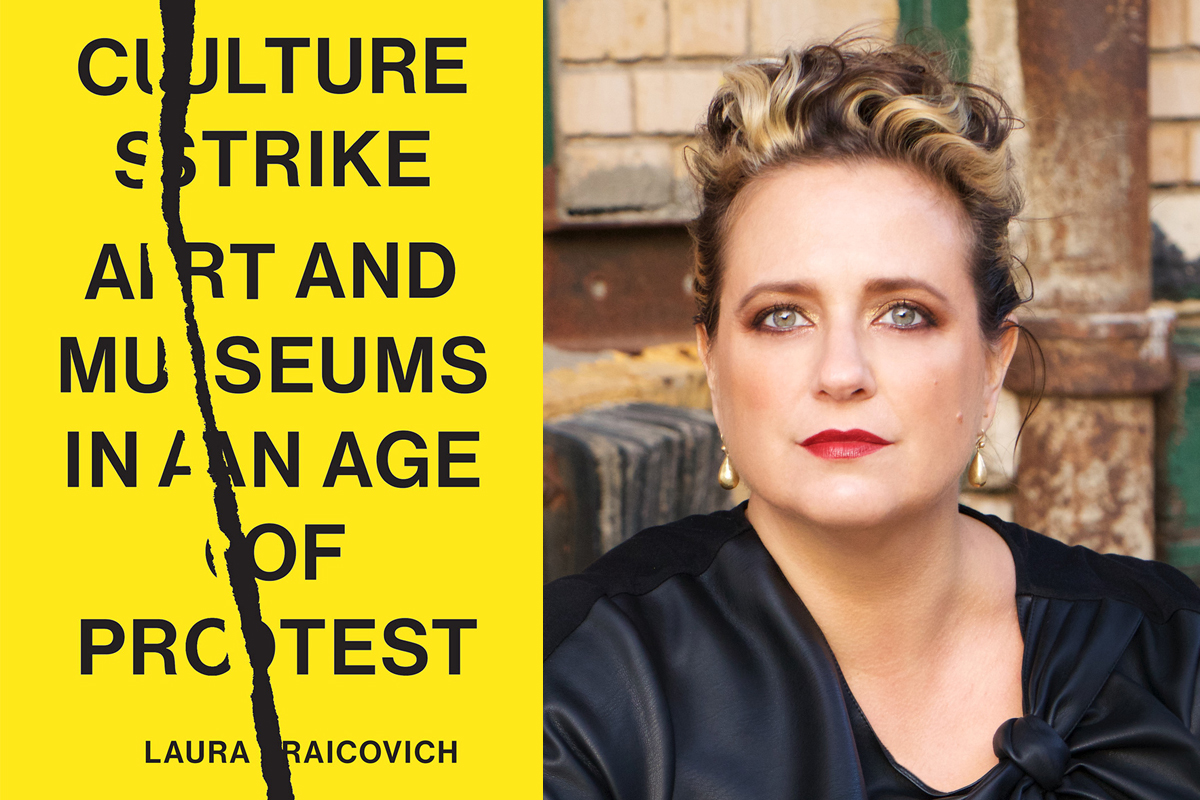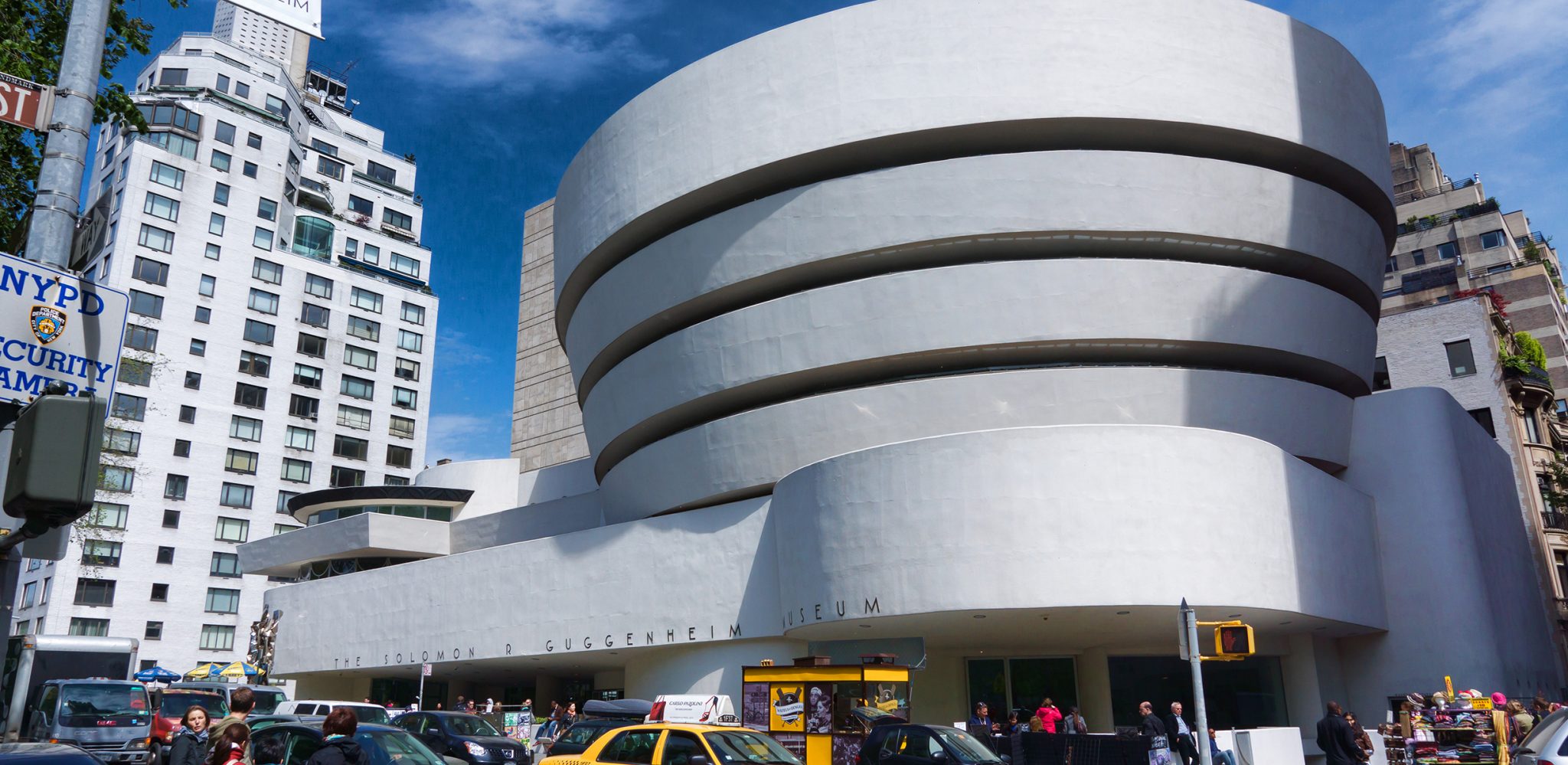‘This isn’t really a demand for a revolution of the cultural institution, only a reshuffle of its senior management.’ On Laura Raicovich’s Culture Strike.
‘Over the past several years, protests have erupted regularly around how museums are funded, how they are organized, what they show and how, who holds power within their structures, and how they reflect, or fail to reflect, a whole diversity of identities,’ curator Laura Raicovich writes. She’s well-placed to comment on such controversies. Previously director of New York’s Queens Museum, Raicovich took a pro-immigrant position at the height of Donald Trump’s anti-immigrant politics; a position that, along with disputing the hire of the museum’s spaces to a pro-Israel lobby group event, ultimately led her to fall out with her board and resign her post. Culture Strike is an engaging and personally invested discussion of the many controversies that have engulfed American museums in the last five or so years, as various protests, rooted in the politics of identity and the ethics of cultural organisations, have come to challenge the authority of some of the world’s biggest and richest cultural institutions. Raicovich returns to the Sackler funding scandals, the race controversies surrounding Dana Schutz at the Whitney and the cancelled Philip Guston retrospective, decolonisation and restitution debates, and how the cultural sensitivities of indigenous publics should be negotiated, to argue for a vision of the art institution as ‘an alternate space within which culture can thrive – a culture that relies less on oppression and exclusion to declare its excellence, and more on the care, generosity, and action to create spaces for contemplation, connection, and perhaps even for revolution’.
There’s never any doubt which side Raicovich is on. Culture Strike’s core argument is that art institutions are never ‘neutral’, arguing that the claim of neutrality ‘effectively insists that nothing critical or politically challenging can be expressed without the onus of “both-sideism”’; Raicovich holds that this spurious impartiality conceals the oppressively partial realities of white, male, patriarchal, heteronormative, colonialist power.
But Raicovich’s framing of the museum’s problem as one of ‘false neutrality’ itself needs scrutiny; ‘This neutrality and universality’, Raicovich writes, ‘is claimed on behalf of a white, Euro-American perspective. Under the banner of universality, neutrality hides that there has always been a perspective, a set of biases, an exclusivity, that is at its core political.’ The problem with this sceptical view of universalism is that, while it seeks to reveal the partiality hiding in the impartiality, the idea of the gallery as a site of potential universality – a place where a diverse public encounters the difference of human experience to better understand what it potentially has in common – is abandoned.

For sure, the historical narratives that Western museums present should be open to critique and revision – any institution that sees its function as the preservation and advancement of knowledge must be open to rethinking the stories it tells and reflect on the biases that are the legacy of older political cultures. But Culture Strike tends to conflate debates over museum historiography with the curating of contemporary art programmes, seeing both as generic sites in the battle over the politics of representation. The confusion at the heart of Culture Strike (and of the debate more broadly) is that art-historical questions – about the canon, about exclusions and biases – become extensions of contemporary controversies over the representation of societal diversity, turning the cultural institution into just another site of contestation between antagonistic social groups and political perspectives. So, in justifying her decision, while at the Queens Museum, to take a more proactively pro-immigrant and pro-Palestine stance, Raicovich seems oblivious to the obvious consequences that when museums take sides, they become the political instruments of those who run them. This does little more than explicitly repoliticise cultural institutions that, ironically, are criticised for being too political.
What’s dismaying is that throughout Culture Strike Raicovich supports controversies that lead to the closing down of public dialogue and engagement, in the name of a respect for diversity that ends up as ‘stay in your lane’. So in the controversy around Dana Schutz’s painting Open Casket (2016), a reworking of the photograph of the body of Emmett Till, the black teenager murdered by racists in 1957, Raicovich insists that ‘as a white woman she has no idea what it means to be a mother of a Black child’, while fudging that ‘there is not necessarily an identity-based limit on who can address a particular image or issue’. Contemporary identitarianism also skews her reading of the Guston cancellation; Raicovich can just about acknowledge Guston as a ‘Jewish white man’, as if Guston’s own experience of anti-Semitism in midcentury America, and his solidarity with Black Americans at the time, were of no historical consideration. Ironically, overlaying the concerns of contemporary cultural politics onto the past does nothing good for the museum’s mission to make the past understandable to the present.
‘False neutrality’ is a loaded condemnation of institutions whose nonpartisanship is a condition of their public legitimacy; the relative independence of the cultural institution’s mission to offer an understanding of history and a broad view of contemporary practice means it has to keep some distance from the necessarily partial and often conflicting interests of the different groups of the society it inhabits. Unfortunately, however laudable in intention the tendency of cultural institutions to side uncritically with a particular set of politics, cultural institutions have become more factional: uncritical enclaves of particular values and perspectives, impervious to any real diversity of opinion, or space for civic dialogue.
Because for all its radical ‘allyship’, what really drives Raicovich’s preoccupation with changing the museum into something more politically relevant is the anxiety of cultural functionaries over the political impotence of their professional roles. Everyone wants to change the world, but inside working hours. And what’s obvious about Culture Strike is how resistant it is, in fact, to following through the more radical implications of its politicisation of cultural institutions. After all, if the Western museum and gallery is such a site of white supremacist patriarchy, it should be abolished. No amount of reform can recover it. But here there is hesitation and silence in Raicovich’s polemic. Nowhere is there a call for the radical devolution of cultural organisations, allowing those publics who might want them to invent their own organisations to do so. The assumption is that the big institution is here to stay, and Raicovich’s prescriptions for change are reformist, not abolitionist: institutions must do more to ‘listen’, to ‘center’, to learn from minority groups; board memberships must be tinkered with, but the form of governance may have to stay; more public money must be spent to counter the power of private donors, and so on. But the end result is always the perpetuation of the institution, run by the same cadre of professionals (appropriately diversified, of course), always in search of more ‘equity’. Raicovich wants to hear from people, but not hand over control, as when she muses that ‘I’m not particularly interested in the premise that museums should directly implement programmatic ideas via crowdsourcing’. Why not? That would be democratic, but it would threaten the curatorial class. This isn’t really a demand for a revolution of the cultural institution, only a reshuffle of its senior management.
Culture Strike: Art and Museums in an Age of Protest, by Laura Raicovich, published by Verso, £14.99 (softcover)
From the November 2021 issue of ArtReview
